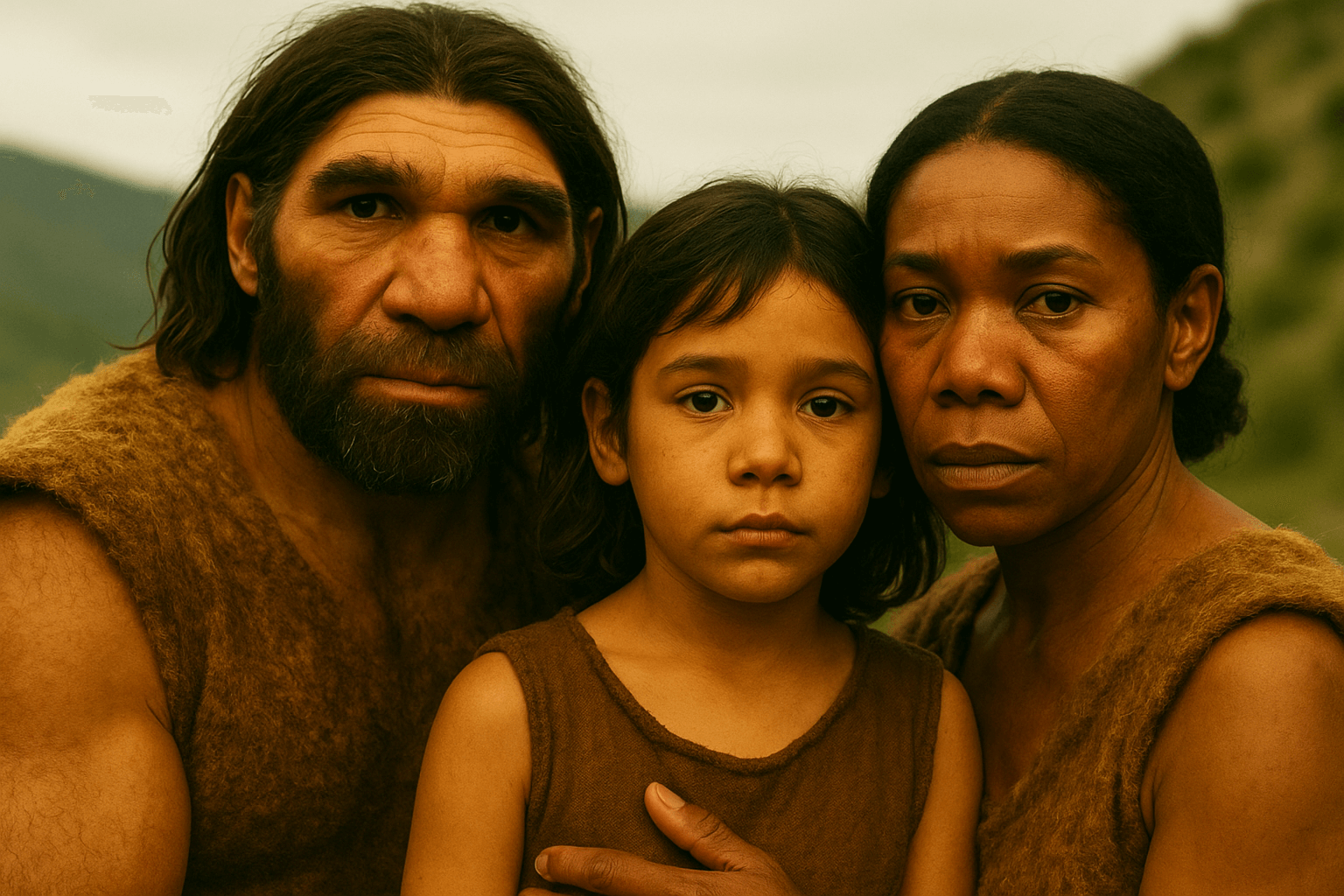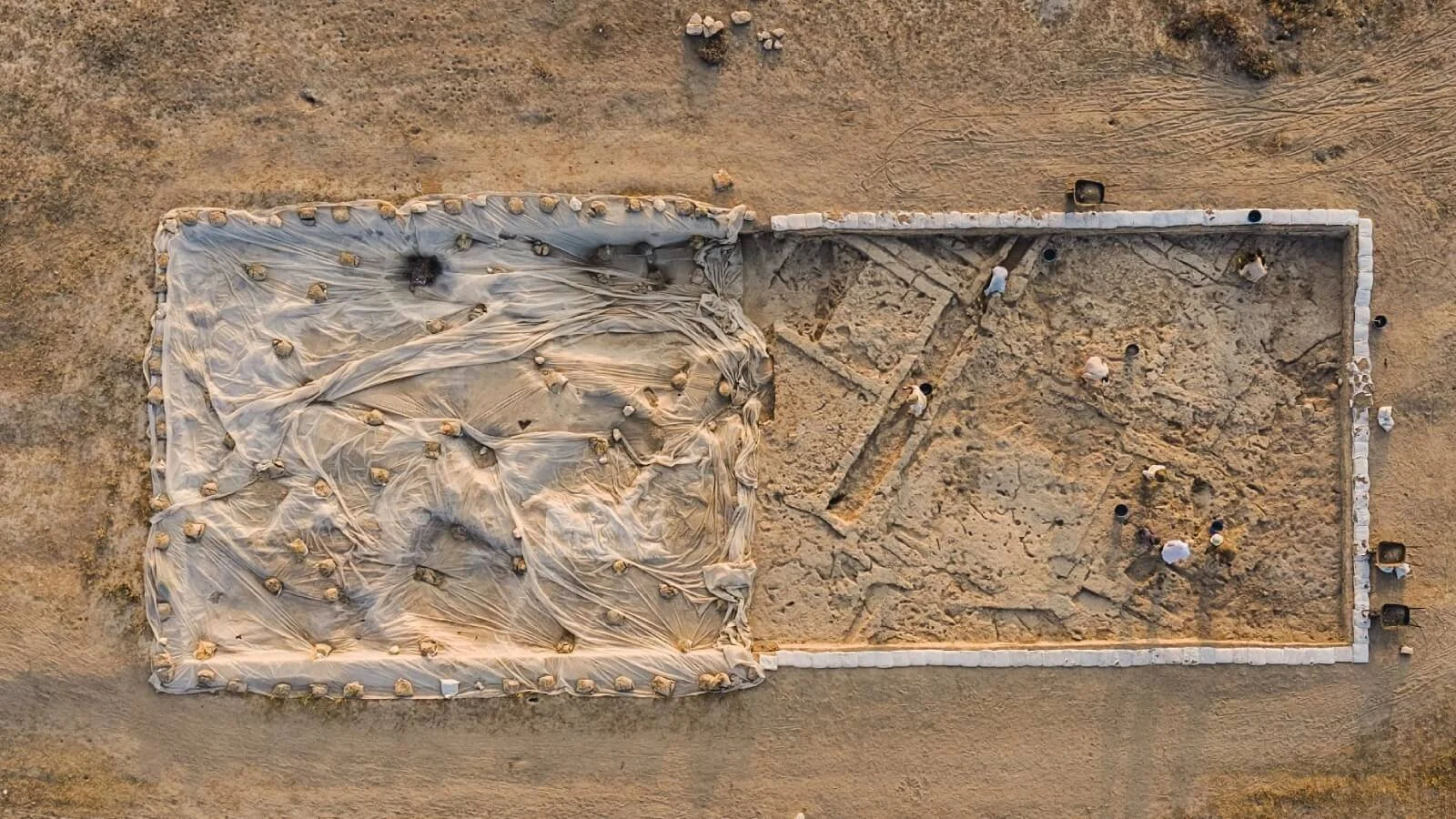A recent study from the University of Aberdeen has revealed that seasonal declines in vitamin D levels among Scots during winter remain nearly identical to those of their ancestors 400 years ago, despite dramatic shifts in lifestyle and diet.
Comparing Modern and Historical Hair Samples
The research team analyzed hair samples from present-day Aberdeen residents and compared them to a rare sample of preserved hair from a person who lived in the city between the 16th and 17th centuries. Utilizing an innovative technique for detecting vitamin D levels in hair—applied to archaeological remains for the first time—they discovered that seasonal fluctuations were consistent across both time periods.
Expectations vs. Findings
Professor Kate Britton, the archaeologist leading the study, explained that modern advances in diet and supplementation should, in theory, lessen these seasonal variations. “There have been extensive public health campaigns promoting vitamin D supplementation during winter, and we know that medieval populations likely spent more time outdoors and consumed local diets rich in fish, particularly in coastal areas like Aberdeen,” she noted.
“However, our research demonstrated that modern participants’ vitamin D levels closely matched those of individuals from centuries ago. Levels were predictably higher in summer and lower in winter, indicating a persistent seasonal pattern.”
The Importance of Vitamin D
Vitamin D plays a crucial role in bone health, immune function, and the prevention of chronic diseases. However, in Scotland, natural vitamin D production is only possible between April and September due to the lack of strong sunlight. Dietary sources like oily fish and supplements help maintain adequate levels, but seasonal dips still occur.
A Breakthrough in Archaeological Science
Traditionally, vitamin D deficiency in archaeological studies has been identified through skeletal conditions such as rickets, which only indicate extreme cases. This new method of hair analysis provides a more precise measurement of vitamin D levels, offering a groundbreaking approach to studying past populations’ health.
“If we can measure vitamin D in hair, we could potentially use the same technique to examine other health markers, such as stress levels or even historical drug use,” Professor Britton added.
Implications for Modern Health Research
The study marks the first time this advanced hair analysis technique has been used on an ancient specimen—specifically, a burial previously excavated from St Nicholas Kirk in Aberdeen.
Researchers highlighted that assessing vitamin D through hair rather than blood could revolutionize modern health monitoring. Since hair retains historical records of vitamin D levels over several months, this approach could help scientists better understand how diet, supplementation, and seasonal changes impact vitamin D levels over time.
Professor Baukje de Roos, a nutritional scientist involved in the study, emphasized the significance of this research. “It’s crucial to understand how vitamin D in hair correlates with levels in the blood, which is currently the standard for diagnosing deficiency worldwide.”
“This new method provides a simpler and more comprehensive way to track how vitamin D levels change throughout the year, allowing healthcare professionals to offer more precise dietary and supplementation recommendations.”
Collaborative Research and Future Applications
The study was a collaboration between archaeologists and nutrition scientists from the University of Aberdeen, Ireland’s Atlantic Technological University, and Boise State University in the USA.
Published in Scientific Reports, part of the prestigious Nature journal, this research paves the way for future studies on long-term vitamin D trends and broader applications in both archaeology and modern healthcare.







